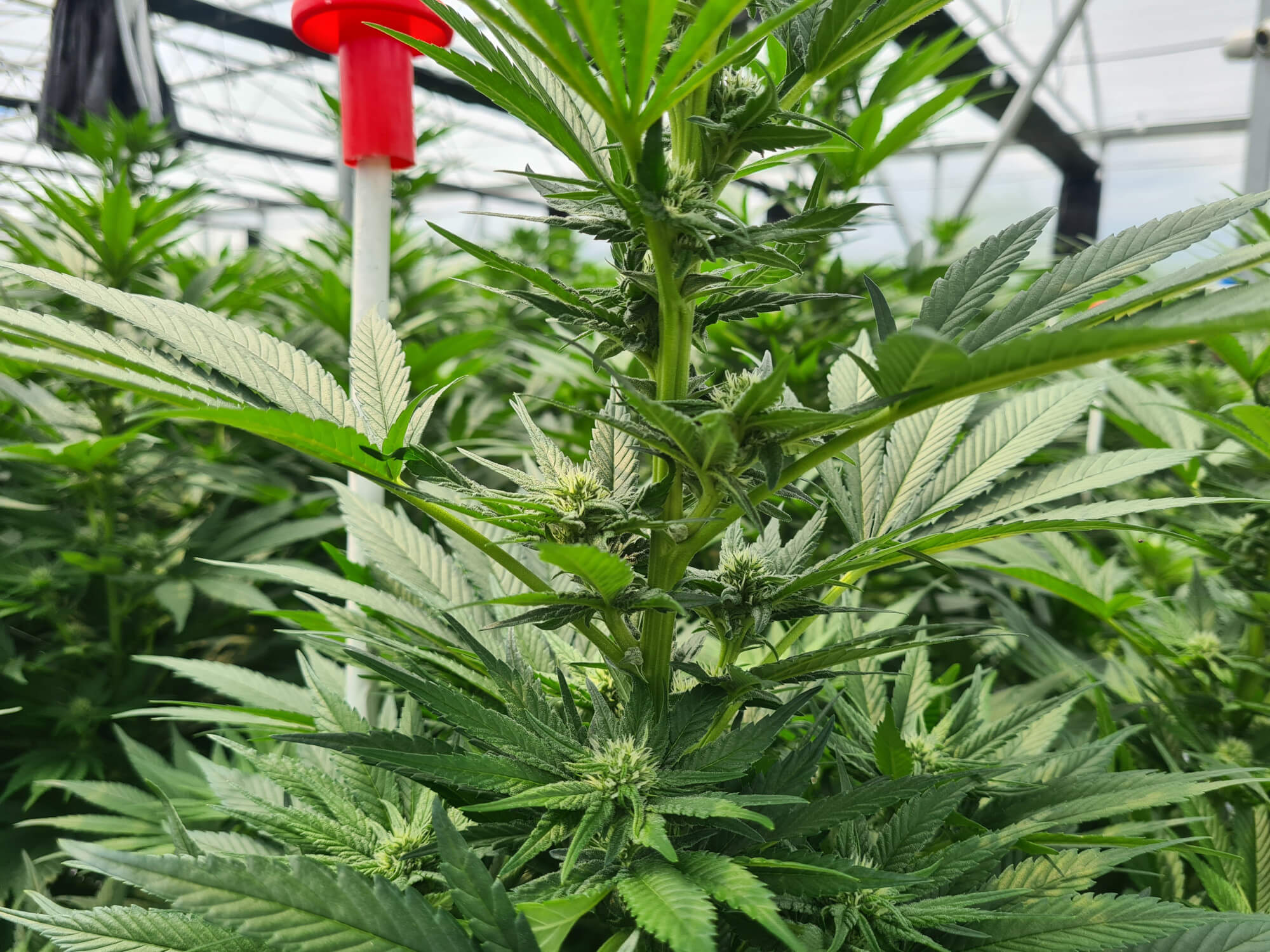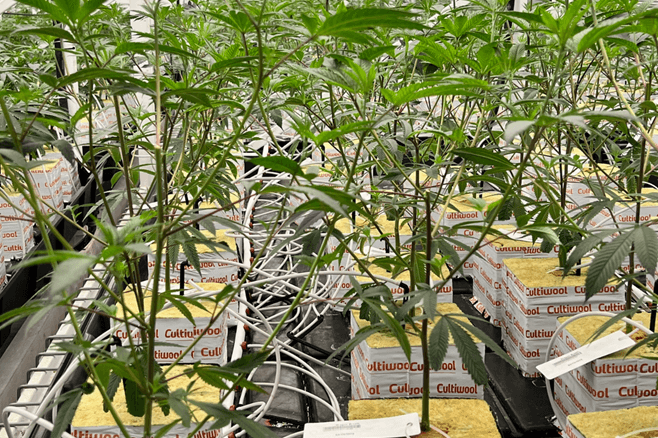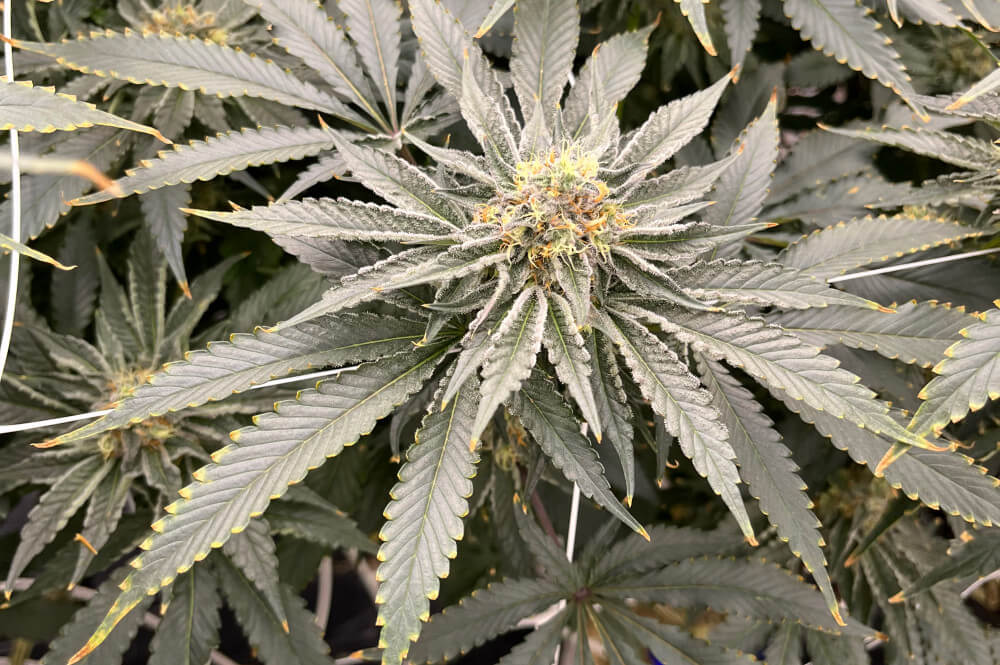
Stone Wool and Cultivation Efficiency
9 January 2023
What will happen to my cultivation when I start using stone wool? This question and many others are often asked by experienced growers that want to improve their cultivation efficiency. Therefore, this article explains why and how the transition from soil-like substrates to stone wool upgrades your cultivation efficiency.
Let's start with the most important part of your cultivation, the crop;
Growers producing cannabis on stone wool will find that crop steering is easier, better, and faster. Corresponding to the growing stage growers have to adapt their production conditions, such as the climate and irrigation (these differ depending on the crop phases - see our previous articles about propagation and vegetative and flowering stages for further information). When looking at an individual plant, one might not immediately see its importance. Nevertheless, when overviewing the entire growing cycle one will understand that in any phase you can make the plants more efficient. With stone wool it is easier to steer, enabling faster adapting to the different growing stages with strong results.
Healthy crops
Therefore, by growing on stone wool, it is possible to reduce the growing cycle while maintaining the same or even higher yield results. Overall, having the advantage of crop steering can improve the plant and its performance by reducing root disease pressure. Healthier roots results in better quality crops. The key aspect of growing on stone wool is uniformity from the start. Stone wool, being an inert substrate, does not require any disinfection prior to use. This lowers the risk of having any contaminations of diseases within the substrate.

Cost effective
Furthermore, when working with soil-like substrates there are extra costs that are tied to actions that are not needed with stone wool. For example, the needed labor to handle the substrate and prepare it for cultivation. Because when using other substrates, extra care should be given to the hygiene of the facility and employees handling the growing medium. Stone wool comes in ‘ready to use’ pieces and will not result in a messy working place. Limiting the costs for cleaning (both the labor and the materials to do so) are cut short. Flushing to reduce salt levels is not required, saving time and labor, as well as reducing the negative impact on the plants.
WC and EC efficiency
An advantage of growing on stone wool rather is the efficient use of water and nutrients to supply to the plants. Easy and fast steering of aspects like water content and EC levels in the rootzone is possible. The stone wool substrate has a neutral pH and a rather low cation exchange capacity (CEC). The effect of a low CEC is that water and nutrients do not bind to the stone wool and instead are available to the plant through irrigation. In the end, you need less water and a lower EC level to reach the same results on availability for the plant. A difference in uptake is as high as 98% in stone wool and 30% in other substrates it is sustainable and economical!
Want to know more?
Cultiwool offers support on-site and at distance in the process of using stone wool substrates. Our experts provide insights into every aspect of cultivation; from propagation to flowering. Next to this, our experts are there to explain daily operations.
On this website you will find more information on our stone wool substrates and instructions for optimum use! If you have any question, remark, or request, please feel free to contact us here, or via our Facebook and Instagram accounts.
More items

Where can I find Cultiwool?
Discover more about our Cultiwool network



